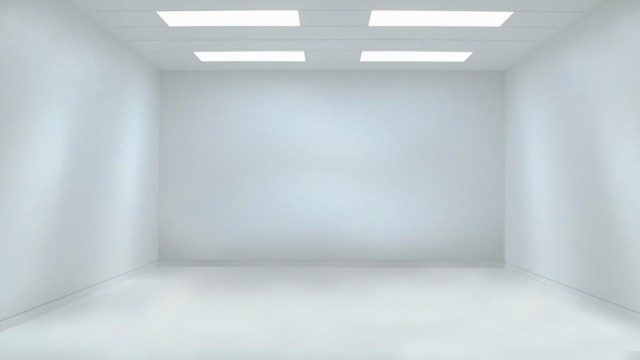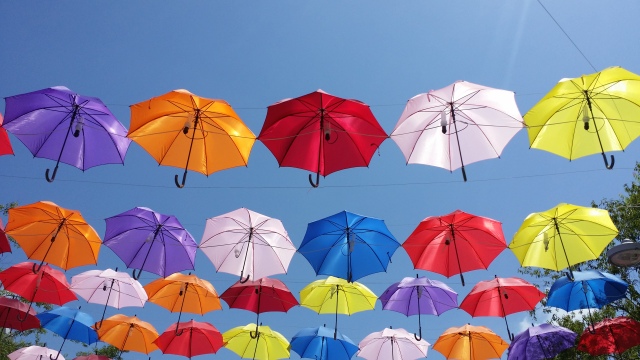
THE MAKING OF AN ART EXHIBITION

Photo courtesy of http://top1walls.com/wallpaper/1715947-empty-white-white-room
By Sarah Abu Bakar
The Making Of is a series of writings discussing the processes entailed in a certain topic that I find intriguing. The first installment of this series focuses on the art of exhibition making.
PART I
The act of presenting a collection of artworks in a specific space for the benefit of the masses is commonly known as curating, as a “promise” which “produces a moment of promise, of redemption to come”.[1]
The ‘curatorial’ on the other hand is what “disturbs the process” of curating – “a disturbance, an utterance, a narrative”[2] – or as described by Jean-Paul Martinon, editor of The Curatorial: A Philosophy of Curating, “it breaks up this stage, yet produces a narrative which comes into being in the very moment in which an utterance takes place, in that moment in which the event communicates and says, as Mieke Bal once observed, ‘look, this is how this is’.”
Exhibitions are avenues for artists, their work, the arts institutions and the varying degrees of the public to intersect. Strategically located at the nexus of interconnecting crossroads where great minds and prodigious ideas meet, exhibitions function as “prime transmitters through which the continually shifting meaning of art and its relationship to the world is brought into temporary focus and offered to the viewer for contemplation, education, and, not the least, pleasure.”[3]
The types of exhibitions commonly organised by curators or exhibition-makers include:
- Thematic
- Chronological installations of museum collections
- Monographic
- Retrospective / Survey (early, mid-career, late career updates, posthumous)
- Group i.e. an overview of a national heritage, an artistic or cultural tradition, a period, a movement, a style, an aesthetic principle in operation, a roundup of current production
- Synoptic or comprehensive retrospectives
- Time-based reexaminations of an artist’s oeuvre
- Other genres i.e. commissioned “project” that has become a staple of contemporary museums, Kunsthalles and alternative spaces
- Films, video installations, performances, participatory actions or situations and publications-as-exhibitions
Robert Storr writes in an essay titled Show and Tell, “Good exhibitions have a definite but not definitive point of view that invites serious analysis and critique, not only of the art but of particular weights and measures used in its evaluation by the exhibition-maker.”[4]
The primary factors in the development of an exhibition comprise of venue, scale, duration and the public. The selection of works also plays a part in determining the success of a show. Other main factors that determine the outcome include the realistic availability of loans, the possible reconfiguration of galleries, and the degree of exposure the artist has already had.
A continuation of this essay will be available in Part II.
[1] Jean-Paul Martinon, The Curatorial: A Philosophy of Curating, Preface Curatorial/Knowledge PhD Programme, Goldsmiths College, (Great Britain, Bloomsbury, 2013), ix.
[2]Jean-Paul Martinon, The Curatorial: A Philosophy of Curating, Preface Curatorial/Knowledge PhD Programme, Goldsmiths College, (Great Britain, Bloomsbury, 2013), ix.
[3] Paula Marincola, What Makes A Great Exhibition: Questions of Practice, Introduction: Practice Makes Perfect, (USA, Philadelphia Exhibitions Initiative, 2006), 9.
[4]Paula Marincola, What Makes A Great Exhibition: Questions of Practice, Robert Storr, Show and Tell, (USA, Philadelphia Exhibitions Initiative, 2006), 14.
Ficus microcarpa

A haunting beauty. The aerial roots of a Chinese Banyan tree grow magnificently intertwining with grace and rigour.
Painted pebbles

http://www.merriam-webster.com/dictionary/think%20tank
think tank
noun: an institute, corporation, or group organized for interdisciplinary research (as in technological and social problems) —called also think factory
http://www.merriam-webster.com/dictionary/art?show=0&t=1403189276
art
noun \ˈärt\
: something that is created with imagination and skill and that is beautiful or that expresses important ideas or feelings

